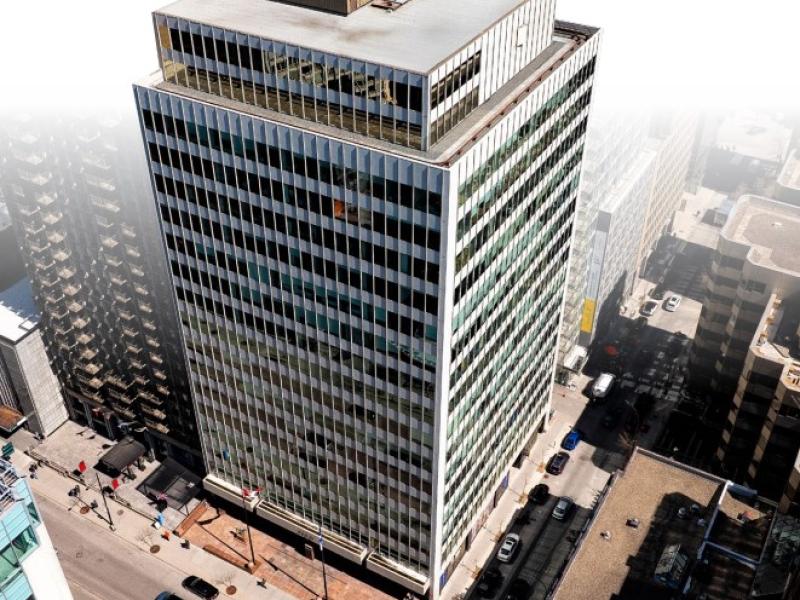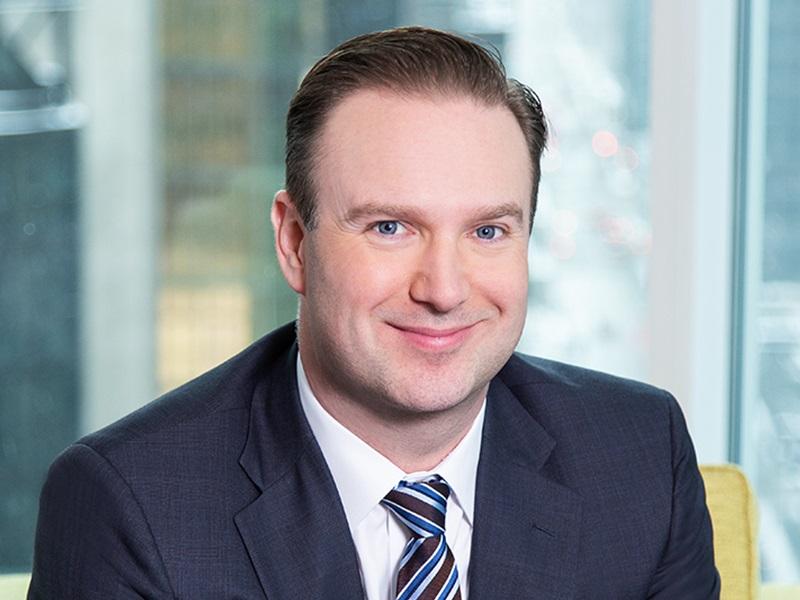When we think about the design of our cities, we typically consider architects and urban planners as the masterminds behind the spaces where we live. We overlook another group of professionals that holds an outsized influence on the shape and function of our urban environments: traffic engineers.
They often focus on the smooth and safe flow of vehicles. By being in charge of street design manuals that determine the Right of Way of streets, they have inadvertently become the true urban designers of our era, shaping cities in ways that prioritize the convenience of cars over the needs of people.
And yes, one is at the expense of the other.
I do recognize that many transportation engineers today increasingly understand the value of creating streets that prioritize people over cars. They are often at the forefront of advocating for multi-modal transportation solutions, pushing for designs that balance the needs of pedestrians, cyclists and public transit at the expense of vehicular convenience.
These engineers are crucial allies in the movement toward more sustainable, equitable urban environments and their expertise is essential in reimagining our streets to better serve everyone.
But perhaps there are not enough of them.
After going through a transportation department review, plans to foster diverse transportation often find themselves whittled down to the same, car-centric model that has long been the norm. This needs to change.
The legacy of oversized streets
The design of our streets is a direct reflection of our values and priorities as a society.
For decades, the primary focus of urban design has been to accommodate the automobile. This has resulted in the proliferation of oversized streets, wide lanes and sprawling intersections, all designed to ensure cars can move quickly and efficiently through our cities.
These oversized streets are more than just conduits for traffic; they are statements about what we prioritize in urban life. They tell us that speed and efficiency for vehicles are more important than walkability, safety and human-scale environments. This legacy is particularly evident in North American cities, where car-centric planning has dominated urban development for much of the 20th century.
Traffic engineers: the unseen urban designers
Traffic engineers, tasked with optimizing the flow of vehicles, have become the de facto urban designers of our time.
Their decisions on road width, intersection design and traffic signal timing directly shape the character of our streets. While their expertise is crucial for managing traffic, the unintended consequence is the creation of urban environments that often feel hostile to pedestrians, cyclists, and even local businesses.
The typical approach of traffic engineering is to prioritize vehicle throughput, which leads to wider roads, fewer crosswalks and faster speeds. These designs inherently discourage pedestrian activity and make walking or cycling an unpleasant and often dangerous experience.
As a result, streets that could be vibrant public spaces instead become thoroughfares that divide communities and reduce the quality of urban life. Make no mistake, there is a direct correlation between the width of the street and its charm.
1+1+1 should equal 2, not 3
Creating a people-first public realm requires rethinking the role of streets in our cities.
Streets should no longer be imagined as a channel for moving vehicles; they are public spaces that should serve a variety of functions, from social interaction to recreation to commerce, and a narrower Right of Way is the first step in the right direction. This shift in perspective necessitates a move away from car-centric design and toward a more holistic approach that considers the needs of all users, not just drivers.
When designing streets, it's crucial to recognize we don't need to assign a rigid width for every function — like parking, cycling, and walking — as if they exist in isolation. Instead, we can creatively overlap spaces to maximize the use of the street's width.
For instance, instead of a separate, continuous lane for parking, we can integrate parking within landscaped areas, breaking up the hardscape with greenery and reducing the visual and physical dominance of cars. This approach not only enhances the aesthetic appeal but also promotes a more flexible and efficient use of space, where 1+1+1 doesn't have to equal 3 in street design.
Designing streets for people, not cars, means cutting the number of lanes
If we want to create cities that are truly for people, we must be willing to make difficult choices that may inconvenience drivers. Narrower streets, reduced speed limits and the reallocation of space from cars to pedestrians and cyclists are all essential steps in this process.
These changes can create more livable, sustainable and inclusive urban environments, where people, not cars, take precedence.
One of the most effective ways to reclaim streets for people is through "road diets," which involve reducing the number of lanes dedicated to cars and repurposing that space for wider sidewalks, bike lanes, or public plazas. This approach not only slows traffic, but also creates more opportunities for human interaction and community building.
Cities like Copenhagen and Amsterdam have successfully implemented such strategies, transforming their streets into vibrant public spaces that prioritize people over cars.
Not-so-new vision for urban design, not yet implemented
Even when proposals are put forward for narrower, more pedestrian-friendly streets, transportation departments within cities often push back, insisting on widening the right-of-way to accommodate all modes of transportation.
This approach, under the guise of promoting multimodal accessibility, often results in compromises that favour car convenience over truly people-centred design. The outcome is often a diluted vision where the original intent to create a vibrant, walkable public realm is overshadowed by the persistent priority given to cars. This perpetuates oversized streets that fail to fully serve the needs of the community.
To move toward a people-first urban design paradigm, traffic engineering must evolve, and with this the municipal guidelines. Engineers and urban planners need to collaborate more closely, integrating transportation planning with broader urban design goals. This shift will require a cultural change within the profession, where the success of a street is not measured solely by how quickly cars can move through it, but by how well it serves all members of the community.
The future of our cities depends on this transformation.
As we grapple with challenges like climate change, social inequality, and public health, the need for people-centred urban design has never been more urgent. By rethinking the role of traffic engineers and prioritizing the needs of people over cars, we can create urban environments that are more sustainable, equitable and, ultimately, more human.
If we want cities that truly work for people, it has to be at the expense of the convenience of cars.
The era of oversized streets designed for maximum vehicle throughput is over; the future belongs to streets designed for people.









